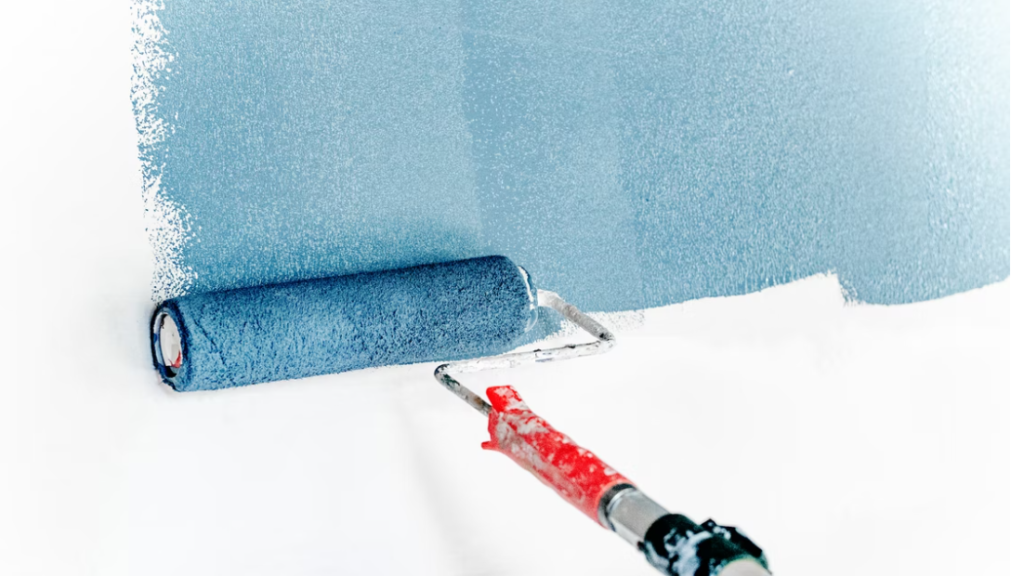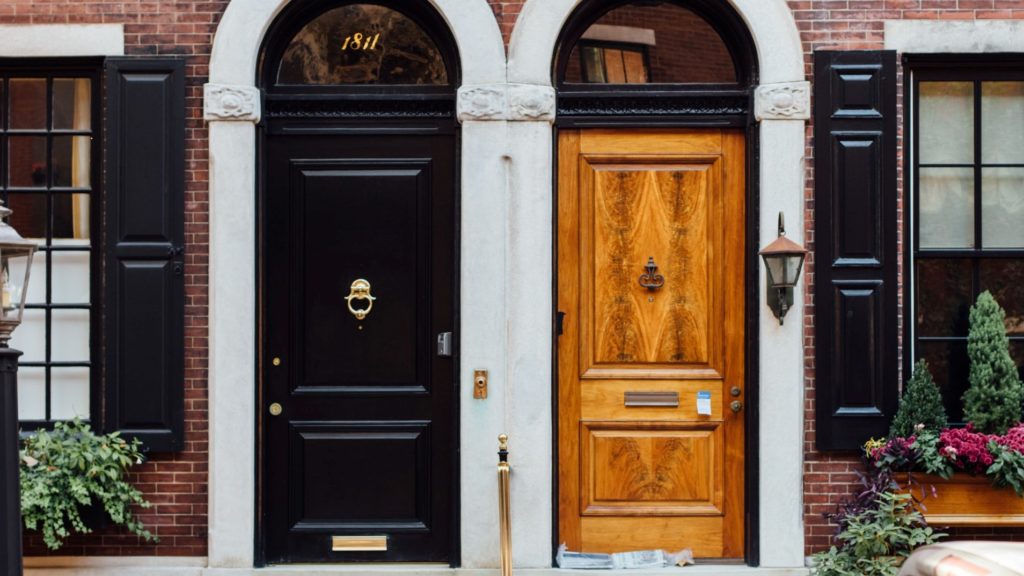You’re living the dream. You’ve finally bought a house. Congrats!

As you walked through your soon-to-be new home, you told yourself, “It’s only paint.” And while it’s true it is only paint, and painted walls can always be repainted, painting over dark walls is a much different process than simply painting over light-colored walls. Reds, purples, browns, and dark grays are particularly tricky. Although, anything with darker pigment can pose a significant challenge if you’re not prepared.
Don’t worry, here are our best painting tips to help you conquer your dark wall challenges.
Tip #1: Primer Is Not Optional
It can be easy to scoff at basic prep work when you’re “just painting.” But as with any project in your home, the end result is going to be directly related to how well you do the prep work. Just like laying new tile or installing a new bathroom sink, the amount of preparation time you put into repainting dark walls will show. The right prep also will make the job so much easier; certainly something to look forward to.
When painting over dark walls, primer is not optional. Even if you choose a paint that claims to have a primer built-in (it doesn’t, it’s just a thicker paint), you will still need a high-quality primer. This is not the time to skimp on a cheap product. Choose a primer that’s designed specifically to block pigment bleeding. The greater the color differential between the paint being covered and the new paint the more your primer will have to hide. Plan for at least two coats of primer on very dark walls.
Tip #2: Choose Colors in the Same Family

Do you somewhat like the color your is painted, but maybe it’s just a shade or two too dark? That’s a much easier problem to solve than going from, say, midnight black to snowfall white. Taming the shade is a much easier proposition, since you’re staying in the same color family, and any small amount of pigment bleed may easily go unnoticed. However, you’ll still need to stay close to the same shade, or else you’ll need to go back to Tip 1 and prime like your life depends on it. You should still prime before you paint no matter what you do, but you may not need industrial-strength primer to switch from deep burgundy to a middling plum, for example.
Tip #3: Paint More Than You Think You Should
One of the biggest mistakes homeowners make when applying new wall paint, besides skipping the primer, is stopping before they’re done. With some colors, it can be a little tricky to tell if you’ve actually finished the job, but if you see any thin areas at all, you should really apply another coat. Chances are good that you don’t just have one thin spot.
Two coats are often plenty of paint for a regular job, but if needed apply a third. No one will judge if you even have to go back later and add another coat of paint after you’ve lived with it a while and noticed some inconsistency. It’s easy to underpaint a wall, especially if you’re trying to get a job done over a weekend.
Best for last! My personal favorite tip.
Tip #4: Leave the Painting to a Pro
If you’re not sure you’re up to painting over your dark walls, want to make sure the job is done right, or just don’t want to paint at all, call in a pro. Interior Designers and professional Painters can help you choose colors that will look great in your home, as well as apply a finish you’ll love for years to come.
Images: Photo by Theme Photos on Unsplash


